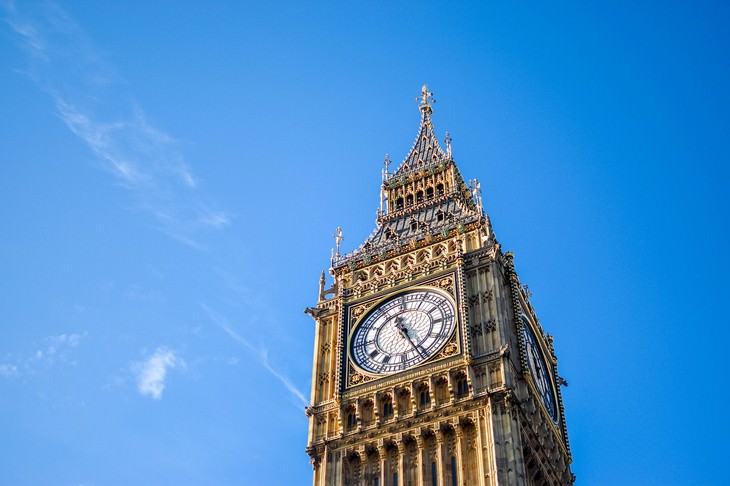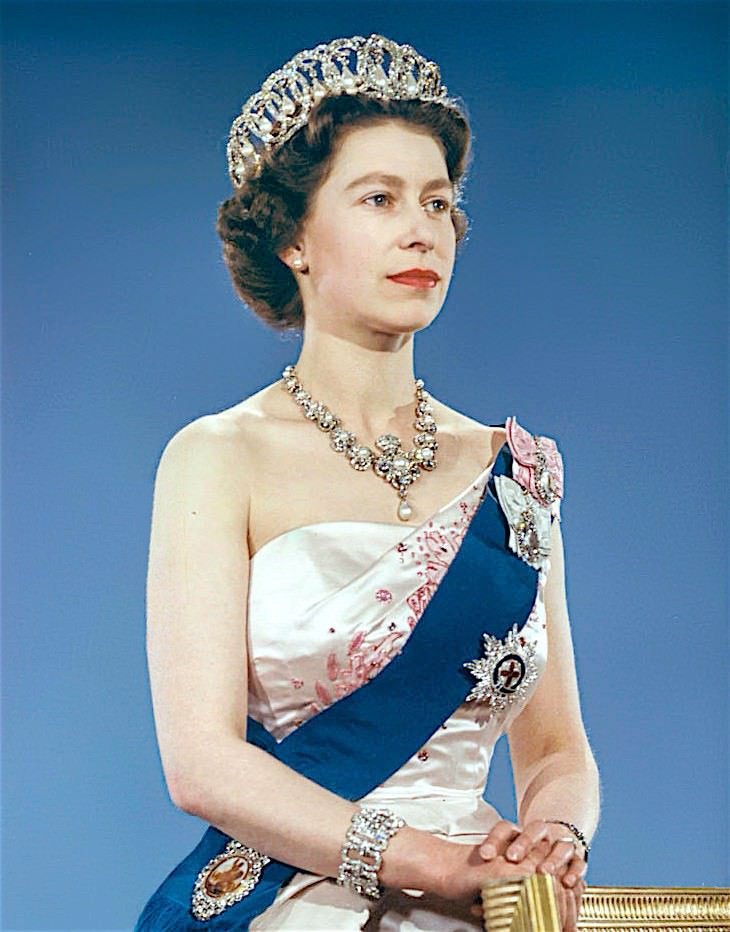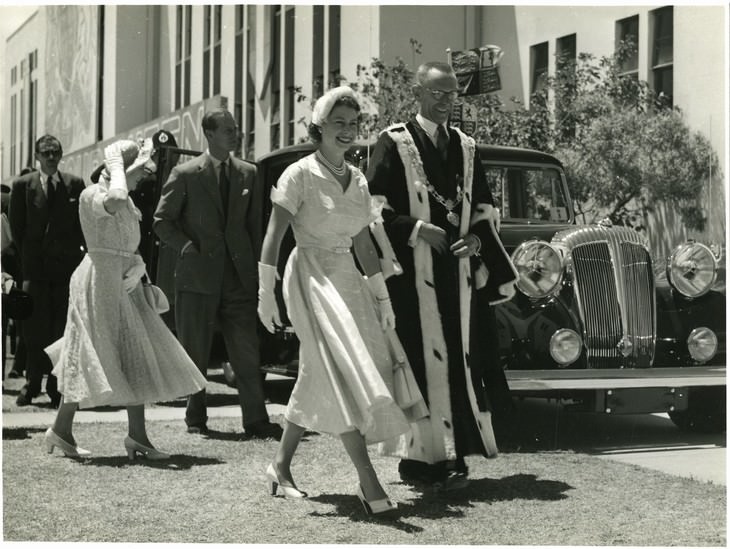Since the 1960s, the British government has been working on a strict and elaborate plan known as ‘Operation London Bridge’. This operation will be set into action after a devastating, inevitable national tragedy, one that the UK hasn’t faced since 1952, a monarch's departure. As grim as it may sound, it’s necessary to know exactly what to do when the beloved British monarch, Queen Elizabeth II, aged 93 (as of Sept. 2019), will no longer be with us.
A truly tragic and devastating event, the demise of the British queen will affect people far beyond the borders of the UK, as the vast majority of us have seen her on the throne ever since we were very young. But this won’t be just an emotional blow, the monarch’s loss will change a lot of other aspects of life in the UK, such as the beginning of the reign of a new monarch, a change in currency, and, temporarily, the everyday life of all UK citizens.
Operation London Bridge
Operation London Bridge is not the only detailed funeral plan in the UK. In fact, the passing of most major officials in the UK for the past century has been meticulously thought through and rehearsed. The passing of the late Sir Winston Churchill, for one, was called “Operation Hope Not” and it had been rehearsed for 12 years before his unfortunate demise in 1965.
When it will be Queen Elizabeth’s turn “to graduate to the Larger Life”, the whole United Kingdom will be affected immediately, with the entire country and its satellites transitioning into a state of mourning that will continue officially for at least another 12 days after the queen’s passing.
Queen Elizabeth II & Mayor Harry Barker, Gisborne, January 6 1954
The entire UK will come to a halt: people will be released from work, the stock markets and banks will close, the news and media outlets will change their regular programming to news only and the radio will only play mournful music in-between news broadcasts, and the Parliament will have an urgent meeting. The news broadcasters on the BBC will be instructed to wear all black, and black flags will appear on all governmental buildings in the UK and abroad.
But all this will happen when the information about the queen’s passing becomes public. Until then, only the most important people will be notified of the queen’s passing. The Queen’s private secretary (currently Edward Young) will notify the Prime Minister (currently Boris Johnson) by using the code name “London Bridge is down”. The prime ministers in the countries the Queen is the recognized monarch (such as Canada, Australia, and New Zealand) will be notified first, followed by the former colonies in the Commonwealth.
 On the evening after the Queen’s passing, the new head of state will be chosen and he will give a speech to address the people. Currently, the first heir to the British throne is Prince Charles, and he will be proclaimed king a day after the Queen’s demise. The coronation will not happen for a few months, however, to allow the royal family and the people time to mourn.
On the evening after the Queen’s passing, the new head of state will be chosen and he will give a speech to address the people. Currently, the first heir to the British throne is Prince Charles, and he will be proclaimed king a day after the Queen’s demise. The coronation will not happen for a few months, however, to allow the royal family and the people time to mourn.
An interesting change that will happen is a monetary one, with new paper money and coins featuring the new monarch being issued, but some additional monetary changes, too, may occur. See the video below to understand how this will work.
Meanwhile, the Queen’s coffin will be transported from Buckingham Palace to Westminster Hall in a slow formal procession, and for several days, the people will be allowed to see the Queen for the last time. The funeral service will be held in Westminster Abbey, and the bells of Big Ben will be muffled with leather for them to chime in a more somber tone. The likely final resting place of the Queen will be Windsor Castle, where her parents and sister are buried.
For more detailed information about Operation London Bridge, watch the video below. Please keep in mind, however, that the video had been issued in 2018, and so some dates and names that are subject to change can be inaccurate.



